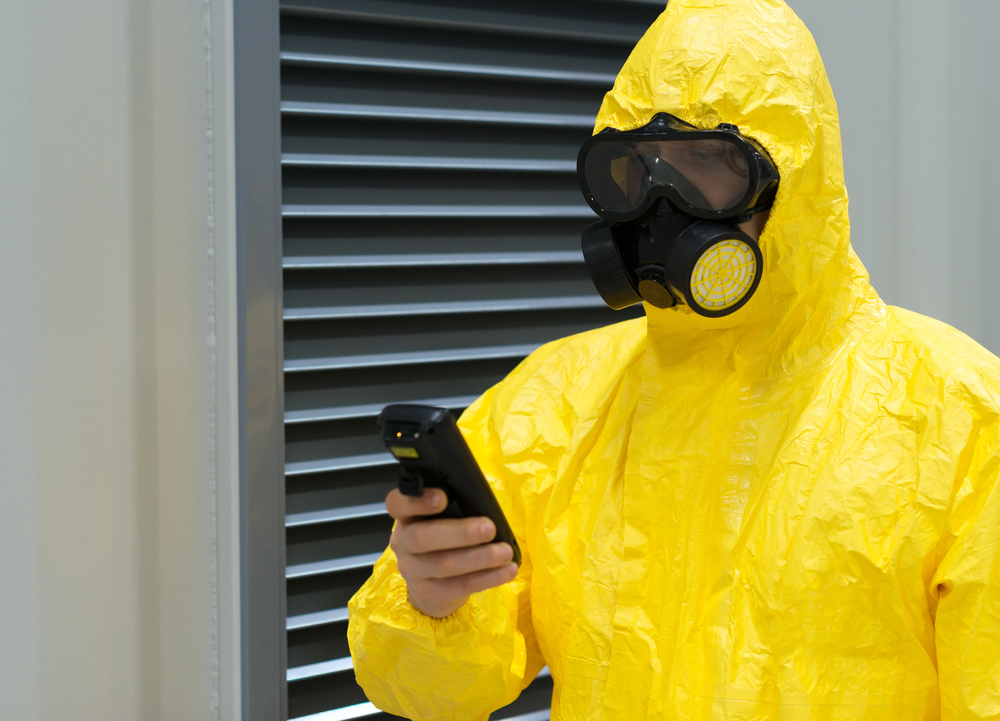
Defense Threat Reduction Agency inspectors recently used next-generation radiation detection equipment developed by Sandia Laboratories for the first time in Russia to verify compliance with the New Strategic Arms Reduction Treaty (START).
The new radiation detection equipment replaces an earlier version that was developed in the 1980s to differentiate between intermediate-range missiles, which were prohibited under the Intermediate-Range Nuclear Forces Treaty, and strategic-range missiles, which were not.
“It was getting to the point where the team was calling up retired vendors to see if they still had spare parts to repair the old equipment,” Dianna Blair, senior manager for Sandia’s nuclear security and nonproliferation group, said. “That wasn’t a viable long-term solution.”
While the equipment’s first iteration weighed approximately 200 pounds and was transported in four cases, the new version weighs 120 pounds and can fit into three cases. Additionally, the new version doesn’t require calibration as often and has a more rugged exterior case.
“The ability of this equipment to make reliable, accurate measurements after being kicked down a hill is pretty amazing,” Stoddard said.
The new equipment was used in Russia ahead of the Feb. 5 New START deadline for both Russia and the United States to reduce the number of deployed nuclear warheads to 1,550. The Russians spent 30 days inspecting the equipment before it was used in the country, per terms of the treaty.
Although the radiation detection equipment is critical for treaty inspections, Stoddard said it wouldn’t have been profitable for a private company to design and develop it. The National Nuclear Security Administration Office of Nuclear Verification funded the work.




